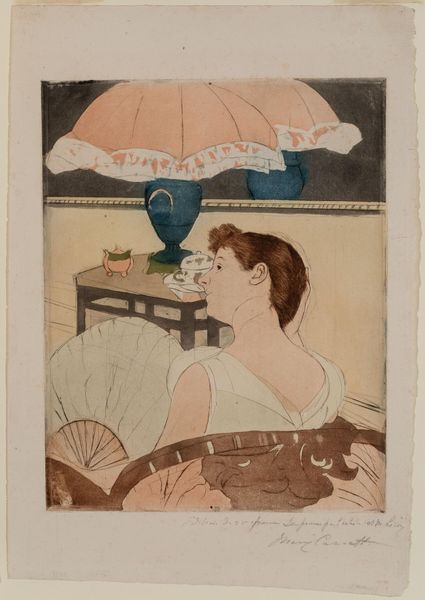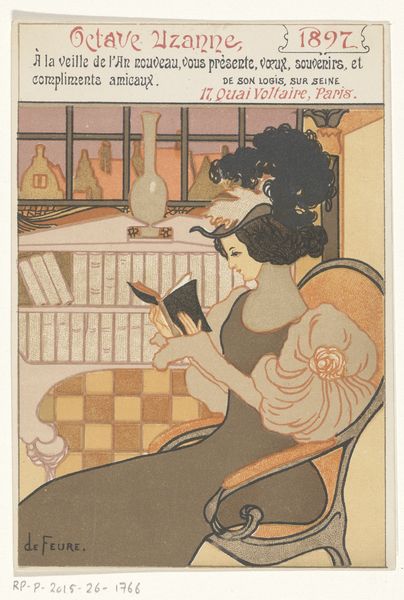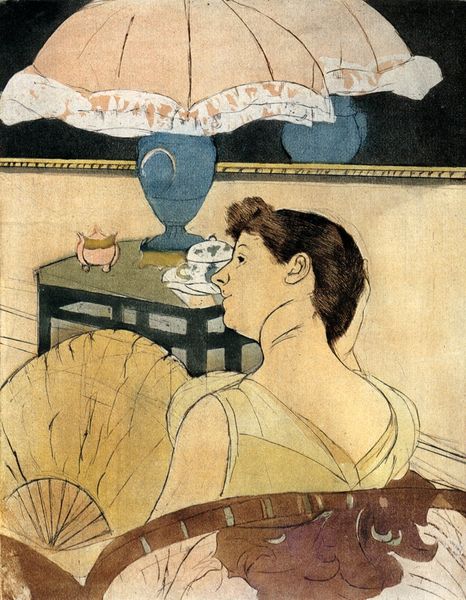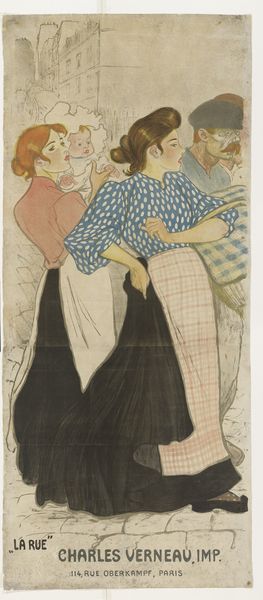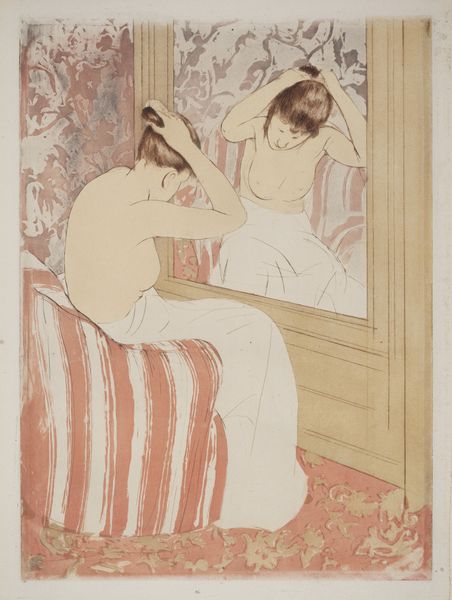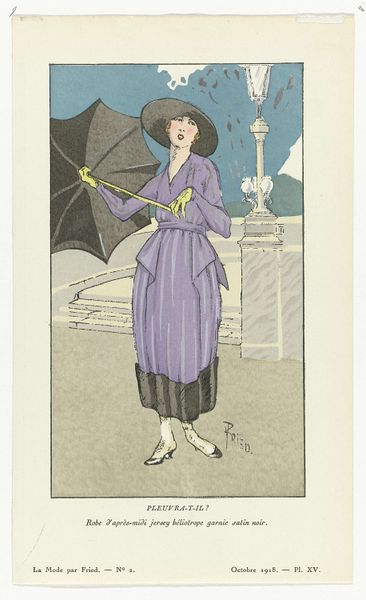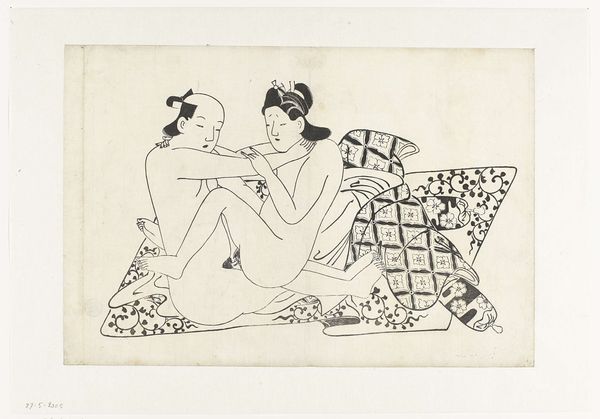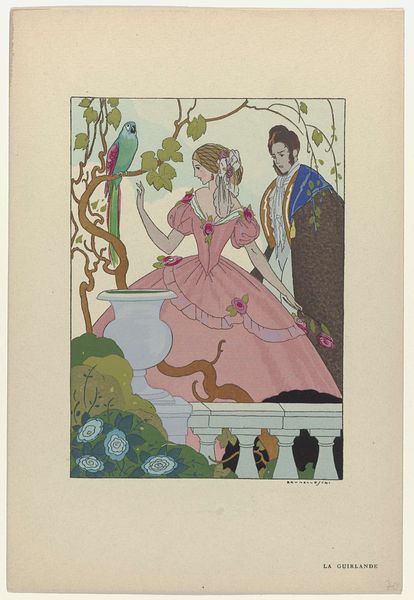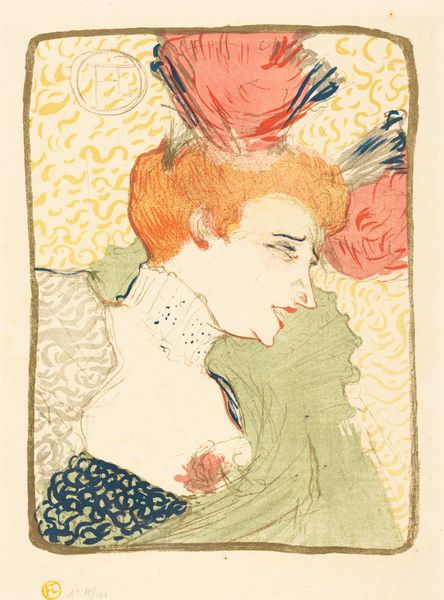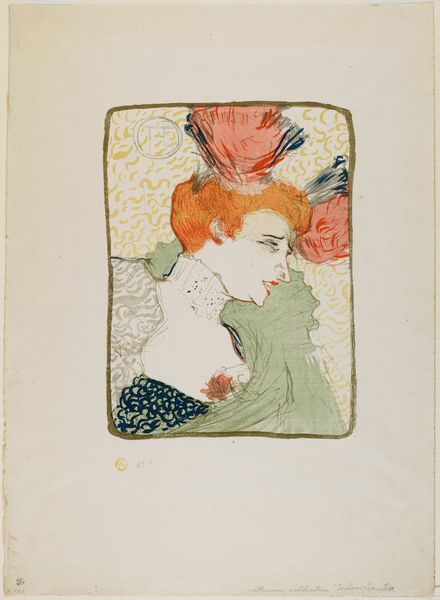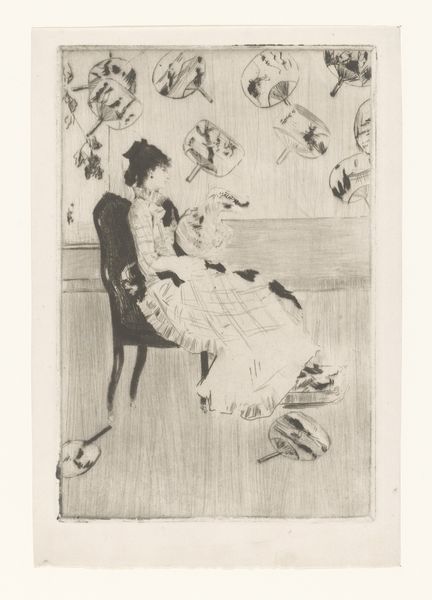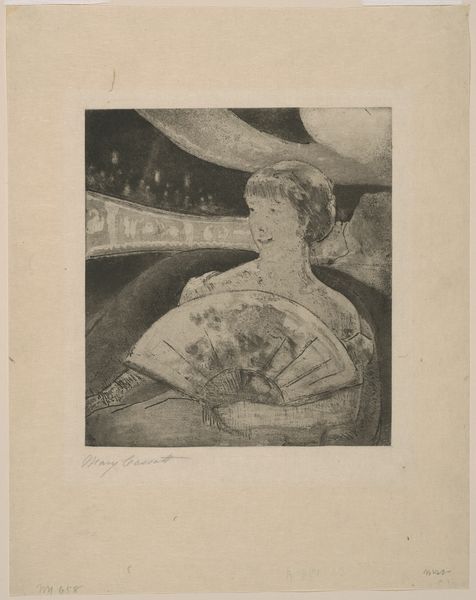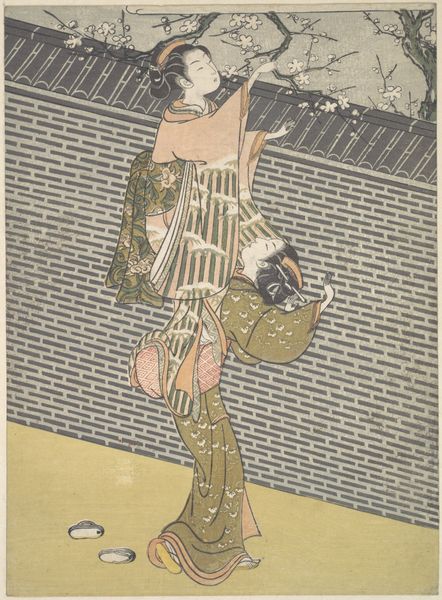
drawing, print, etching, paper
#
portrait
#
drawing
#
water colours
# print
#
impressionism
#
etching
#
paper
#
intimism
#
united-states
Dimensions: 323 × 252 mm (image/plate); 432 × 297 mm (sheet)
Copyright: Public Domain
Editor: So, here we have Mary Cassatt’s "The Lamp," made between 1890 and 1891. It's an etching and aquatint on paper, currently at the Art Institute of Chicago. It gives off such an intimate, domestic vibe. What stands out to you in this piece? Curator: I’m immediately drawn to the materials and techniques. Cassatt’s choice of etching and aquatint—traditionally considered printmaking, a ‘lesser’ art form—elevates a seemingly mundane domestic scene. Think about the labor involved in producing those delicate lines, the repetitive action and craft; and the social implications when "high" art employs what were traditionally the tools and forms of artisans. Editor: I never considered the socio-economic side of the medium itself, but that's a fantastic point. So, her choice of printmaking impacts how we view the subject? Curator: Absolutely. The mass-producible nature of printmaking democratizes art. Consider that this image, depicting a bourgeois woman and her leisurely life, becomes accessible to a wider audience precisely through a process that industrializes art production. Do you see how the imagery and production might be speaking to distinct classes here? Editor: I think so. The subject embodies a comfortable lifestyle made increasingly accessible to some through the very systems that also relied on the labor of others. Curator: Precisely. And notice how the flattening effect of printmaking de-emphasizes three-dimensionality and traditional painterly skill, further blurring the lines between 'art' and 'craft,' 'high' and 'low' culture. What do you make of that? Editor: That pushes back against this idea of the artist as this inherently skilled individual separate from industry... almost like the process matters as much as the image? Curator: It forces us to re-evaluate our assumptions about artistic skill, labor, and who has access to both creating and consuming art. A radical notion. Editor: It really is. I’ll never look at an aquatint the same way again.
Comments
No comments
Be the first to comment and join the conversation on the ultimate creative platform.
